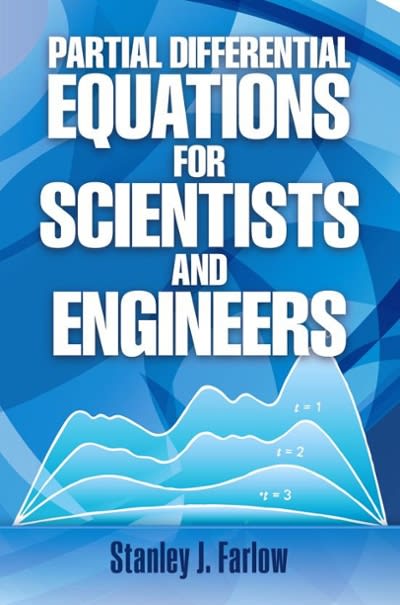
It is believed that 11% of all Americans are left-handed. A college needs to know how many left-handed desks to place in the big lecture halls being constructed on its campus. In a random sample of 340 students of its 34120 students, 48 were left-handed. Does this provide enough evidence to show that students at this college have a higher percentage of left-handers than the general American population? Use a 10% level of significance. P: PARAMETER What is the correct parameter symbol for this problem? P vv What is the wording of the parameter in the context of this problem? The percentage of all students from this campus that are left-handed H: HYPOTHESES Fill in the correct null and alternative hypotheses: Ho: P vv Evv .11 HA : P V V E VV .11 A: ASSUMPTIONS Since qualitative information was collected from each object, what conditions do we need to check? Check all that apply. On(p) > 10 ON > 20n Onp 2 10 do is known. On > 30 or normal population. On(1 - p) > 10 On(1 - p) 2 10 Do is unknown.C heck those assumptions: 1. np=l:]which i5 If no N is given in the problem, use1000000 N: NAME THE PROCEDURE The conditions are met to use a . T: TEST STATISTIC The symbol and value of the random variable on this problem are as follows: Leave this answer as a fraetion. The formula set up {If the test statistic is as follows; [Leave any values that were given as fractions as fractions] |1/\\/((| i-ui M Final answer for the test statistic from technology. Found to 2 decimal places: 0: OBTAIN THE PeVALUE Report to 4 decimal places. It is possible when rounded that a p-value is 0.0000 ELI/all\":- = i ) Leave this answer as a fraction. _[:1 The formula set up of the test statistic is as follows: [Leave any values that were given as fractions as fractions) .{1_| Wm Final answer for the test statistic from technology. Round to 2 decimal places: 0: OBTAIN THE P7VALUE Report to 4 decimal places. It is possible when rounded that a prvalue is 0.0000 M: MAKE A DECISION Since the pevalue 5: STATE A CONCLUSION There Select an answer V significant evidence to conclude ISelect an answer C] , we Seled an answerv . |nll | ) V l l Select an answer V [










